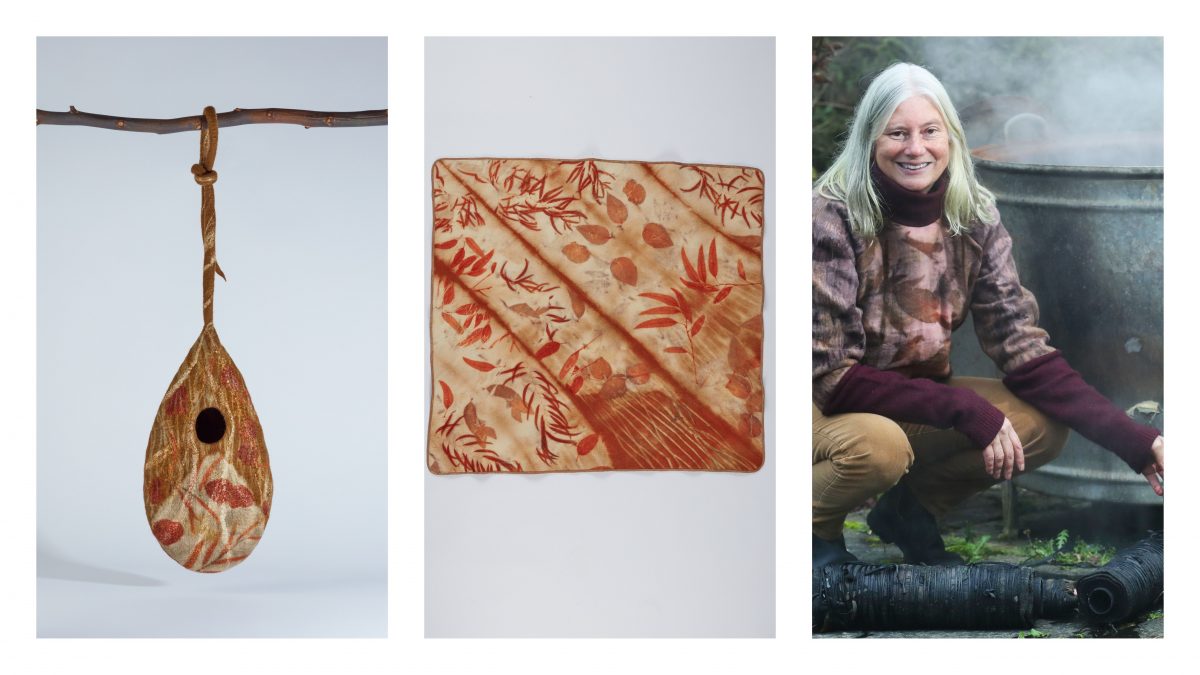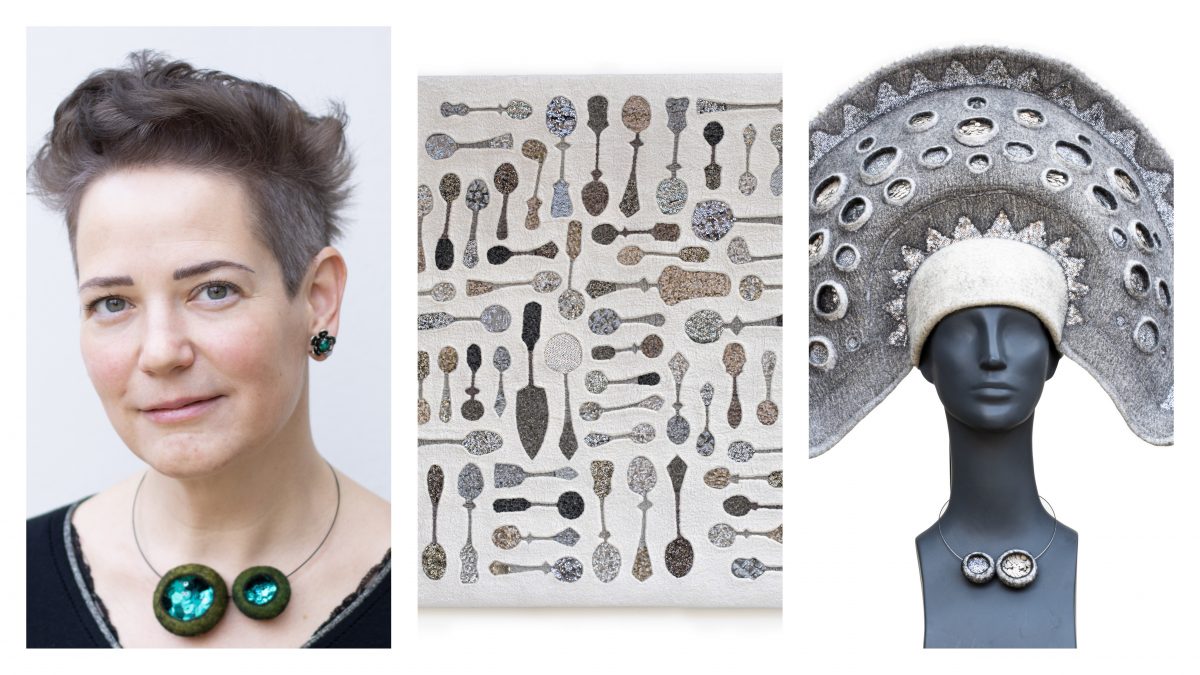After months of planning, panicking and packing we finally landed in Auckland on Saturday 20 March 2021. This post is about my experience of Managed Isolation and Quarantine in New Zealand, on the surface a very specific situation but thinking about it, our 2 weeks in isolation has many correlations with the shielding so many people in the higher risk groups have been doing for the past year.
Before we left I knew I would need some supplies to keep me occupied in Managed Isolation and Quarantine (MIQ), I packed a selection of watercolour paints, paper, and a sack of wool tops and some pencil roving to crochet with on the 26+ hour plane journey.
Having such minimal supplies with me, I felt challenged to use / reuse what we had in the room. I saw this limitation as a good thing, sometimes having too much choice can be overwhelming and to be honest I still enjoy the quizzical looks and eye-rolling from Chris as I gleefully retrieved what he thinks is rubbish from the bin.
For my first piece of felt in New Zealand I thought I would experiment with adding a hole to a book resist. I started with a simple, 3 page, egg shape cut from a plastic chocolate bar wrapper.

Laying out wool on such a small resist was very fiddly but with patience I achieved this shape (apologies for the very poor quality photo).

I probably should not have been, but was surprised that I could not persuade the top of the egg (around the aperture) to expand more, the act of adding a hole to the resist, severely restricted the space inside the egg around it.
Taking influence from Maori symbols and tattoos I added a spiral motif which symbolises new beginnings, growth and harmony; an appropriate sentiment at this juncture in my life. When I cut it, I had intended the spiral to sit on the base of the sculpture but now it is finished, I see a bird with a flamboyant plume of feathers on its head and it makes a small pot.

The meals here have been very good and interspersed with pastries, cakes and fruit salads making it hard to go more than 2-3 hours without eating something, not good for the waistline but with every meal delivered in a paper bag we were accumulating rather a lot of bags so I set about trying to up-cycle some of them with mixed results!






After some fiddling I discovered the “string” handles on the paper bags could be unravelled and they contained some really lovely textured paper strips in a surprising range of colours.

I haven’t made anything with the twining techniques I learned from Mary Crabb for a few years so set out to see how much I could remember….

As it turned out, I could not have timed my incarceration better, there have been a host of free tutorials and videos posted over the last couple of weeks to keep me entertained. Too many in fact, I haven’t been able to find time to engage with the textile.org stitch-along.
The IFA had their AGM last weekend and published a series of videos from 4 renowned makers for their members (these will be available for another 6 months if you are dithering about joining). I was a bit limited with my colour choices and did not have half the materials suggested for Fiona Duthie’s tutorial but am still really pleased with how my interpretation is coming along. I plan to work on it some more once our shipping container arrives in May and I can see myself rearranging the tiles ad infinitum, these are 2 of my favourite arrangements (so far!).


I have been watching some of the Sketchbook Revival videos too. This is a free annual event were approx 20 different artists give a 30-60 min presentation. Most are “how to’s” or sketch / paint-alongs, I find some of them can be a bit hit and miss but am sure there is something in there for everyone! It is still running for another week or two this year, you can sign up here.
It has been nice to have the space and time to draw and paint mandalas too, not something I do very often as I doubt any of them will make it beyond the pages of my sketchbook but they are very meditative to do and a good option if you have lost your creative mojo.



While I didn’t manage to crochet on the plane, after a dubious first attempt I did manage to complete this crochet pot from Corriedale pencil roving. I will felt it, dye it and add a face (fox?) before using it as a planter.


The hotel we are staying in have gone out of their way to make our stay as bearable as possible, each meal was delivered with a little inspirational quote (apologies if I have duplicated any), if you click on the photo it should enlarge for you to be able to read them.

As I write this we are in the final 24 hours of our stay, the sun is shining and we have just received my final covid test results (negative), 1 more sleep to freedom! See you on the other side!
Heoi anō tāku mō nāianei (that’s all for now) folks 🙂





